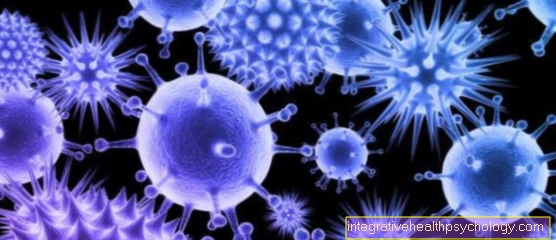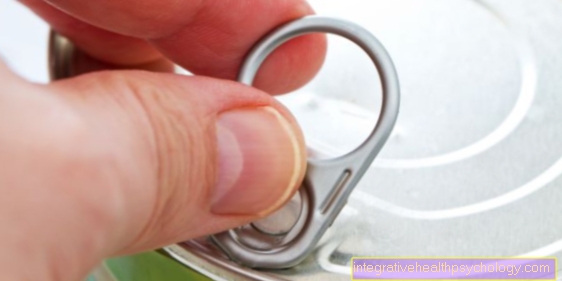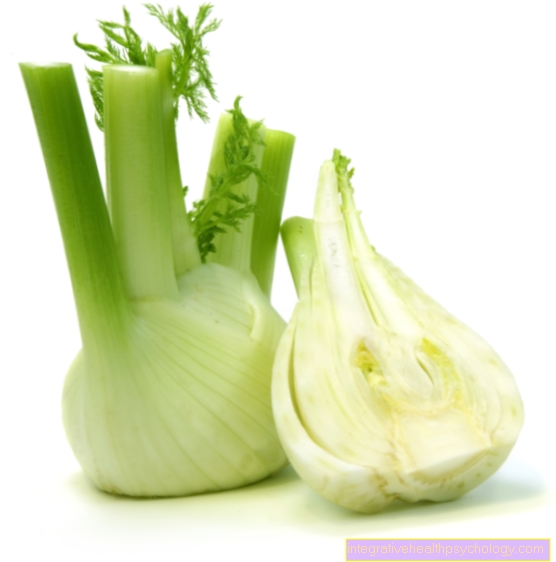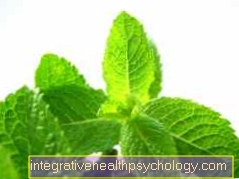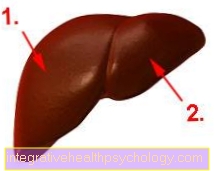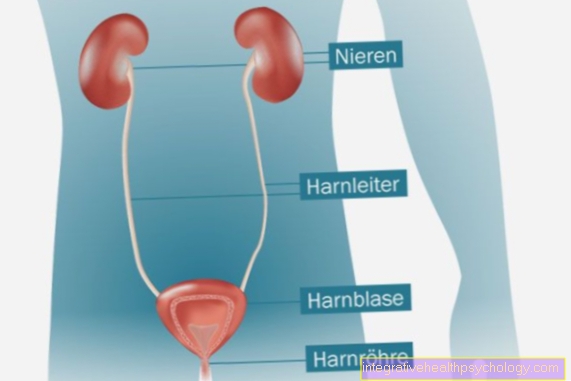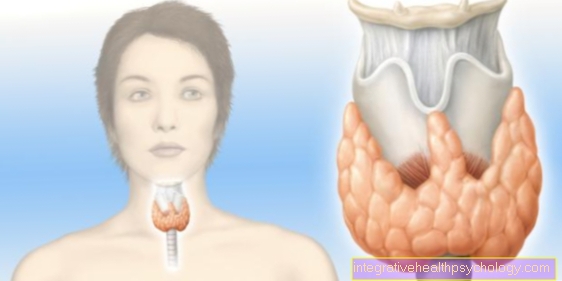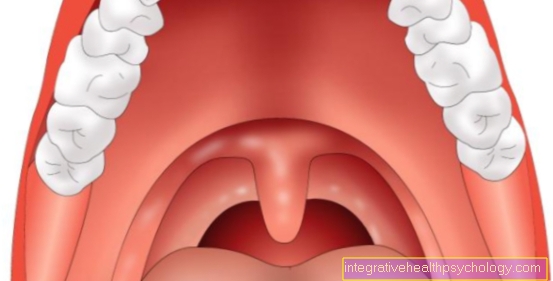The 5 element diet
What is the 5-element diet?
The diet according to the 5 elements (wood, fire, earth, metal and water) is the third pillar of TCM (Traditional Chinese Medicine).
Basically you want that Qi maintain and strengthen. Qi means as much as prenatal life force that we bring into the world and that needs to be preserved and replenished again and again. This is also done with the daily diet and fasting cures do not occur in TCM because this would attack the prenatal energy.
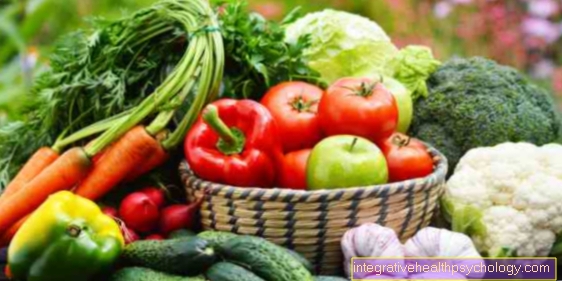
You orientate yourself towards Yin and Yang, refer to them as the polar forces and mean opposites such as light and shadow or hot and cold. If Yin and Yang are in balance, the energy can flow and that means health.
Food is divided into cool (yin) and warm (yang) foods. Cold foods are more likely to be eaten in summer (tomatoes) and warm foods (green spelled, Brussels sprouts) more in winter.
The five flavors (sour, bitter, sweet, hot, salty) are also assigned to the five elements.
These five flavors in the form of spices (for example: lemon juice, paprika, honey, pepper, salt) are added to the food in a cycle (i.e. one after the other).
A balanced diet in the sense of TCM means:
1. Pay attention to the thermal effect of the food (hot and cold)
2. Note all five flavors
In TCM, obesity is due to a Qi deficiency (lack of energy) in the spleen. The spleen is assigned to the earth element and the associated foods are cereals such as rice, corn, millet, sweet vegetables, butter, cheese, and veal and beef.
The result is a mixed diet that focuses on plant-based foods and gives preference to those with a low glycemic index. From a nutritional point of view, this results in positive food choices. The natural seasonal availability is also partly taken into account.
The implementation of this form of nutrition is very complex, the principle of yin and yang as the basis of nutrition is questionable. The mostly relatively high daily intake of calories (mostly around 1700 kcal) only enables a very slow weight loss.
The diet according to the 5 elements is more of a worldview and opens up a different perspective on our daily food. There are certainly more suitable diets and programs for losing weight.
Process of the 5-element diet
The 5 elements nutrition is understood as a permanent form of nutrition and is based on the five elements fire, earth, metal, water and wood. The element fire corresponds to the bitter taste and thus to foods such as rocket, beetroot or rye. Wood includes sour foods like oranges, tomatoes, chicken, vinegar, and wheat while earth is equivalent to sweet foods like potatoes, corn, butter, eggs, beef, and carrots.
The element metal is associated with pungent taste and includes foods like onions and mustard, while the element water includes salty foods: water, salt, fish, legumes and olives. An optimal dish includes foods from all five groups / elements. The 5 elements diet is based on an alkaline diet and classifies foods according to Yin and Yang. Yin stands for cold foods, for example cucumber, tomatoes, green tea and milk, while yang includes warm foods such as dried fruit, fennel, meat, fish and spices.
Neutral foods are legumes, cereals, carrots, and cabbage. In the 5 element diet, foods are rated according to the elements, yin and yang and the energy content of the food. An ideal meal according to the 5 elements diet contains all five flavors, salty, sour, spicy, sweet and bitter, as well as all five colors, i.e. green, yellow, red, white, blue and black.
Where can I find recipes for a 5-element diet?
On the Internet you can find numerous recipes for the 5 elements diet, here and there even sorted by Yin and Yan. There is a philosophy behind this form of nutrition. This means that it makes perfect sense to read up on why which foods can be consumed and how. There are tons of books out there that provide recipes and background information on this diet. Depending on what you prefer, you can browse websites or buy a recipe book.
Can you also follow a vegan 5-element diet?
The 5 elements diet can very well be carried out vegan. It is important to provide the body with all the nutrients and vitamins it needs. Soy, for example, can be used as a source of protein. Vegetarians and vegans are advised to cook the food beforehand so that it contains enough energy.
How much can you lose weight with this diet?
The 5 elements nutrition is understood less as a diet and more as a permanent way of eating. Depending on how many kilocalories you consume per day and how you have eaten and exercised before the 5 elements diet, you can lose different amounts of weight.
What are the risks / dangers of this diet?
There are hardly any risks with the 5 elements diet, as the menu includes fresh and healthy ingredients. Theoretically, deficiency symptoms can occur if the body does not get all the necessary vitamins and trace elements. In particular, allergic reactions can occur to the exotic ingredients of the diet.
Criticism of the 5-element diet
The 5 elements diet is a diet that is shaped by the Taoist worldview. The division of food into Yin and Yang (cold and warm) is not scientifically founded. An important aspect of this nutritional theory is the esoteric concept of energy. The energy content of food is assessed without any connection to the common objective assessment of the nutritional quality of food.
The warming of food is also viewed critically. Methods such as frying, boiling or grilling are allowed, while heating in the microwave oven is forbidden and is even said to promote the development of cancer. However, many nutritionists welcome the use of various fresh ingredients according to traditional Chinese medicine. This should have a beneficial effect on nutrient absorption.
Medical evaluation of nutrition
In the 5 elements diet, there are special categories of food, according to the elements, yin and yang and the energy of the food. These are evaluations that are shaped by religious beliefs and are not scientifically justified. Nonetheless, the nutritional theory of traditional Chinese medicine encourages people to eat fresh foods that are as diverse as possible and differ in their natural color and taste.
You can create varied, balanced meals if you stick to the 5 elements of nutrition. This form of nutrition can be carried out very healthily and has a positive effect on body weight. Deficiency symptoms occur very rarely with this form of nutrition. Nevertheless, one should ensure that the body supplies the vitamins and trace elements it needs in order to avoid deficiency symptoms in the long term. We consider the 5 elements of nutrition to be harmless to health.



